PRESENTATION
This project, as its name suggests, deals with the subject of remembering my mother.
In 2018, my mother, who had been suffering from Alzheimer's disease for several years prior, suddenly passed away. I had taken many photos of my parents in various places over the years. These photos were mixed in among my huge collection of old photos.
Allow me to explain how I selected the photos.
For example, these photos were taken in a village in the summer of 2008. I chose one photo from all of these. Why this one photo? There is no particular reason; it was just intuition. I went through all my photos one by one and sorted out photos by year.
As I was sorting through the photos, I suddenly realized that I was stuck in a dead space — “bias blind spot” is the term in psychology.
I did find some photos I could use for the project, but not all of them were what I had in mind. While I was glad to have found them, I was disappointed with the quality. It wasn't until my parents got older that the quality of my photos improved. Alas, you can't go back in time. I regretted that I should have shot them in a different way, but that was impossible now. So I made up my mind to assemble photos just of my mother's face and arrange them in chronological order. With that, I started cropping out just my mother's face beginning with the oldest photos.
I selected two or three photos of my mother from each year, taken over the past 20 years or so. I paid attention to select photos that were nearly all the same interval apart chronologically. The original photos were all completely different from each other. Essentially, I chose photos in which my mother was looking at the camera. As I worked, I would recall the occasion when I took the photo and how my relationship with my mother was at the time, which was emotionally complicated, as we were not always on good terms.
Next, I cropped out all the surroundings in the photos so we see only her face. I adjusted the photos so they all looked similar. I converted them to black and white and evened out differences in brightness, contrast, and sharpness.
Why did I decide to create this project? And why did I use this format? When I thought about these questions, I came up with four reasons. I don't know which one was the biggest factor. Perhaps I felt that it was important to live while engaging with my own dead space.
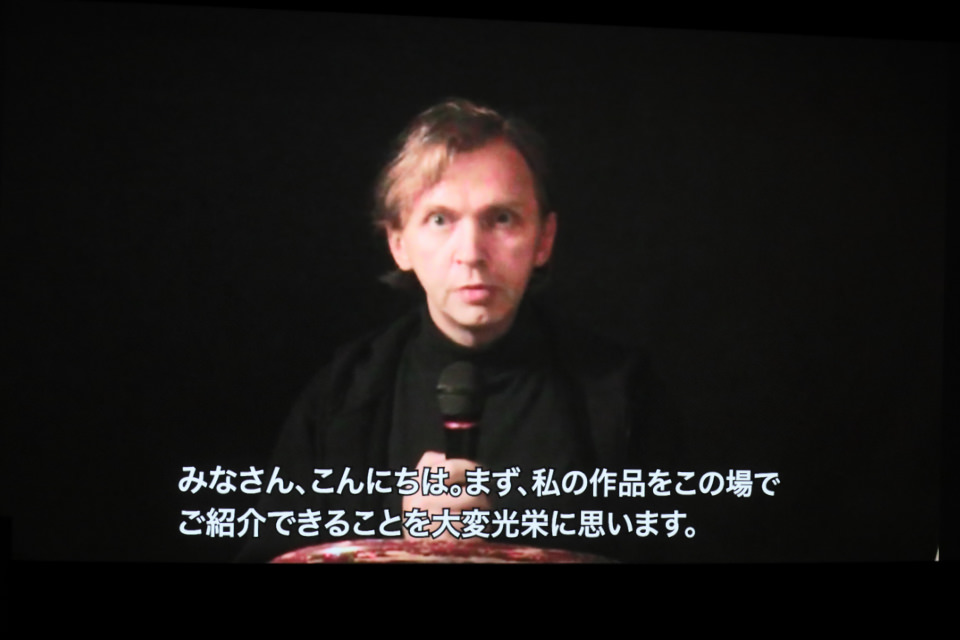
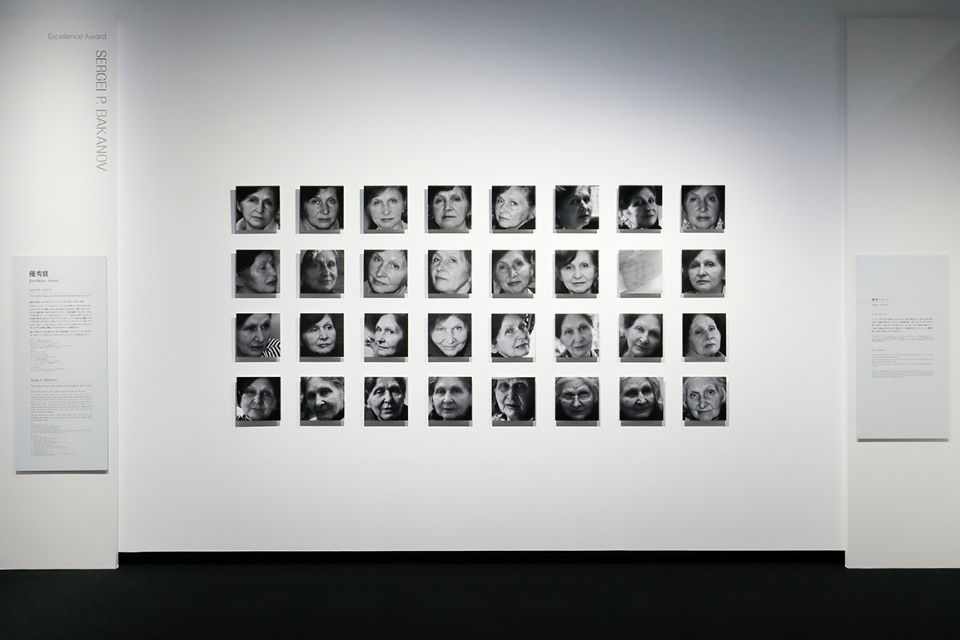
Last year, Mr. Graham also chose a work on the relationship between Alzheimer's and the photographer's mother, and I found it interesting that people in similar circumstances could create works so completely different. In the work Mr. Graham selected last year, the photographer expressed her accumulation of memories of her mother in very fine and delicate layers. Sergei's work, however, reveals nothing other than his mother's face. Cropping a photo, to me, is like shooting with a telephoto lens that can reach back in time. In this work, where we only see the face, I felt a deep sincerity.
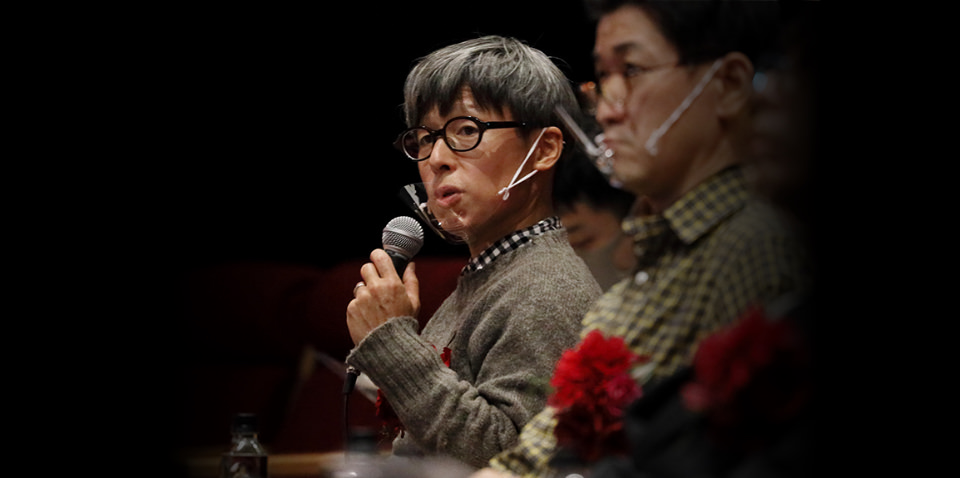
His perspective is unlike that of Japanese people, and I thought his presentation was executed better than the exhibited works.
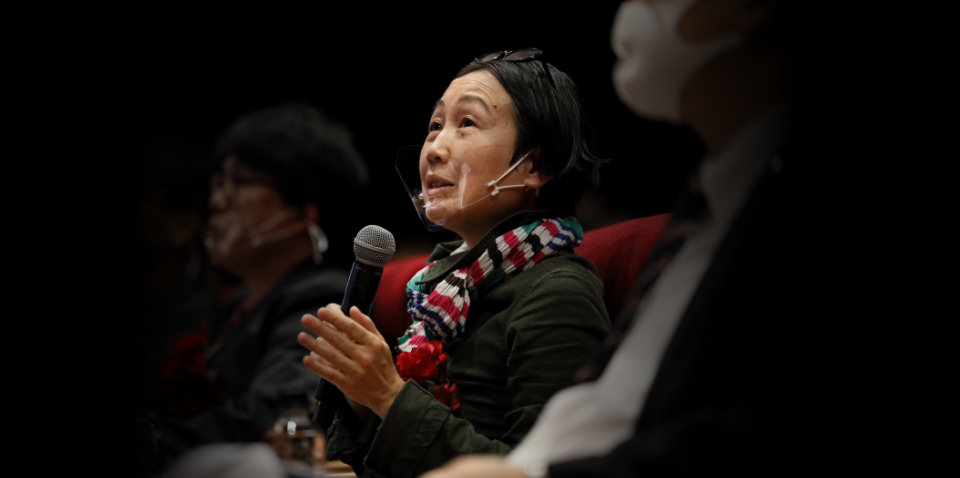
When I first saw this work, I thought all the shots were taken at this angle, like a sort of fixed-point study. So when I saw how he created the work, I was doubly impressed because it was so unexpected. He had no conception of ultimately putting these photos together when he took them, so it was very interesting to think that this work is truly a work about recalling the past.
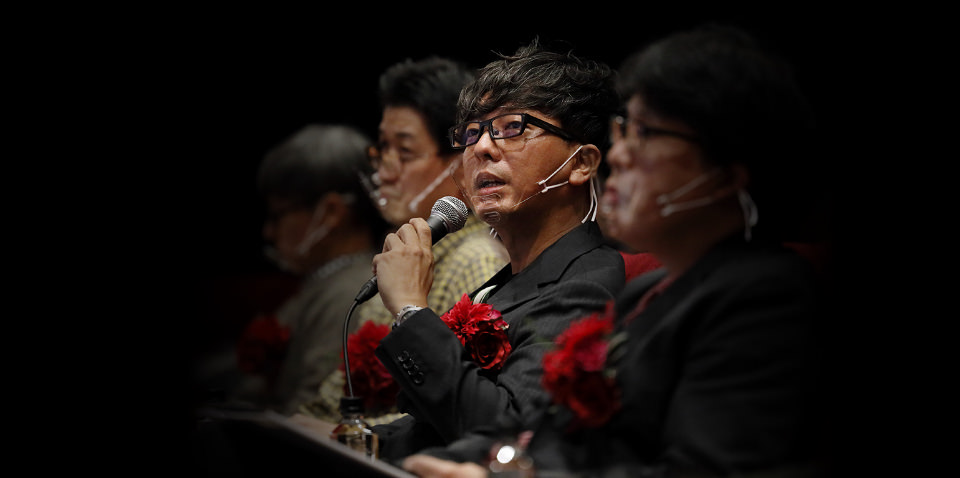
Judges’s Comment
Paul Graham (selector)
[By message]
Sergei and I have something in common. We are both photographers who took pictures of our mothers, and we both lost our mothers. All we have left are photographs. From the moment I saw his work, I loved it because I could feel his sensitivity and desire to see his mother again, to be near her, to make eye contact with her again. Anyone who sees this work can feel his thoughts and be touched by them. Please also sense that there is another kind of magic here. Sergei's mother is looking at him with loving and kind eyes. The love of a mother truly comes through in these photos. Isn't it unbelievable? The photos express over time the love, devotion, and trust from someone who is not with us.
Great portraits are not simply taken by the photographer; they are given to us by the subject. His mother opens her heart and trust to Sergei and to the viewer. We can see this clearly through Sergei's photographs. This is a marvelous lesson for us. Love moves back and forth through time in photos.